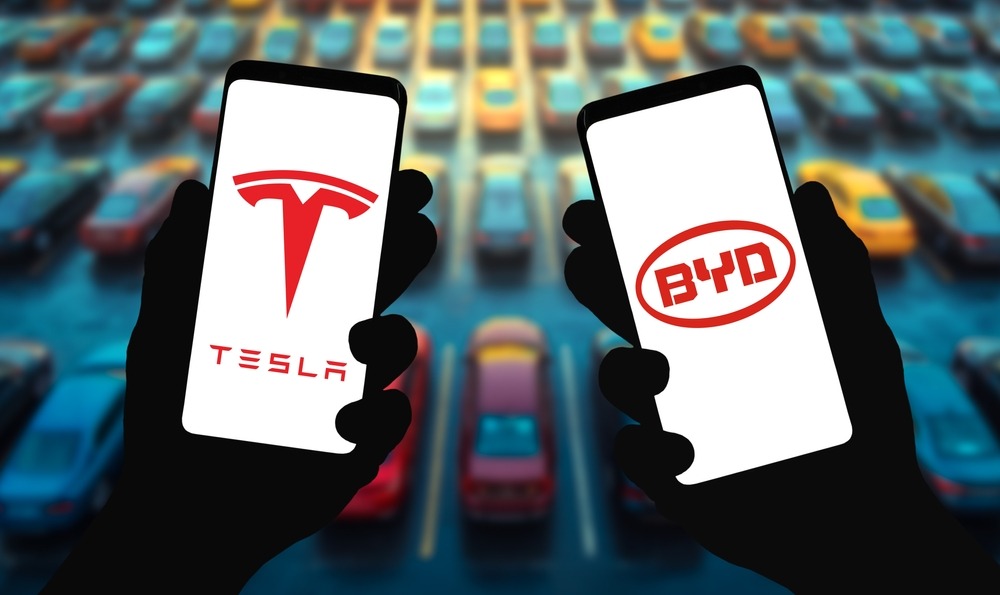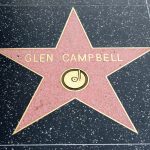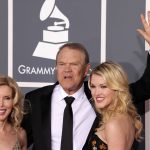Tesla Vs BYD: Who Wins?
When it comes to electric vehicles (EVs), two names consistently dominate the global conversation: Tesla and BYD. Tesla, the brainchild of Elon Musk, is often seen as the face of the EV revolution. BYD (Build Your Dreams), a Chinese automaker backed by Warren Buffett, has quickly become Tesla’s biggest global rival. Both companies are pushing boundaries, setting records, and reimagining what transportation looks like in the 21st century.
But which company is truly leading the charge? To find out, let’s compare Tesla and BYD across five crucial categories: cost, charge time, range, reliability, and technology.
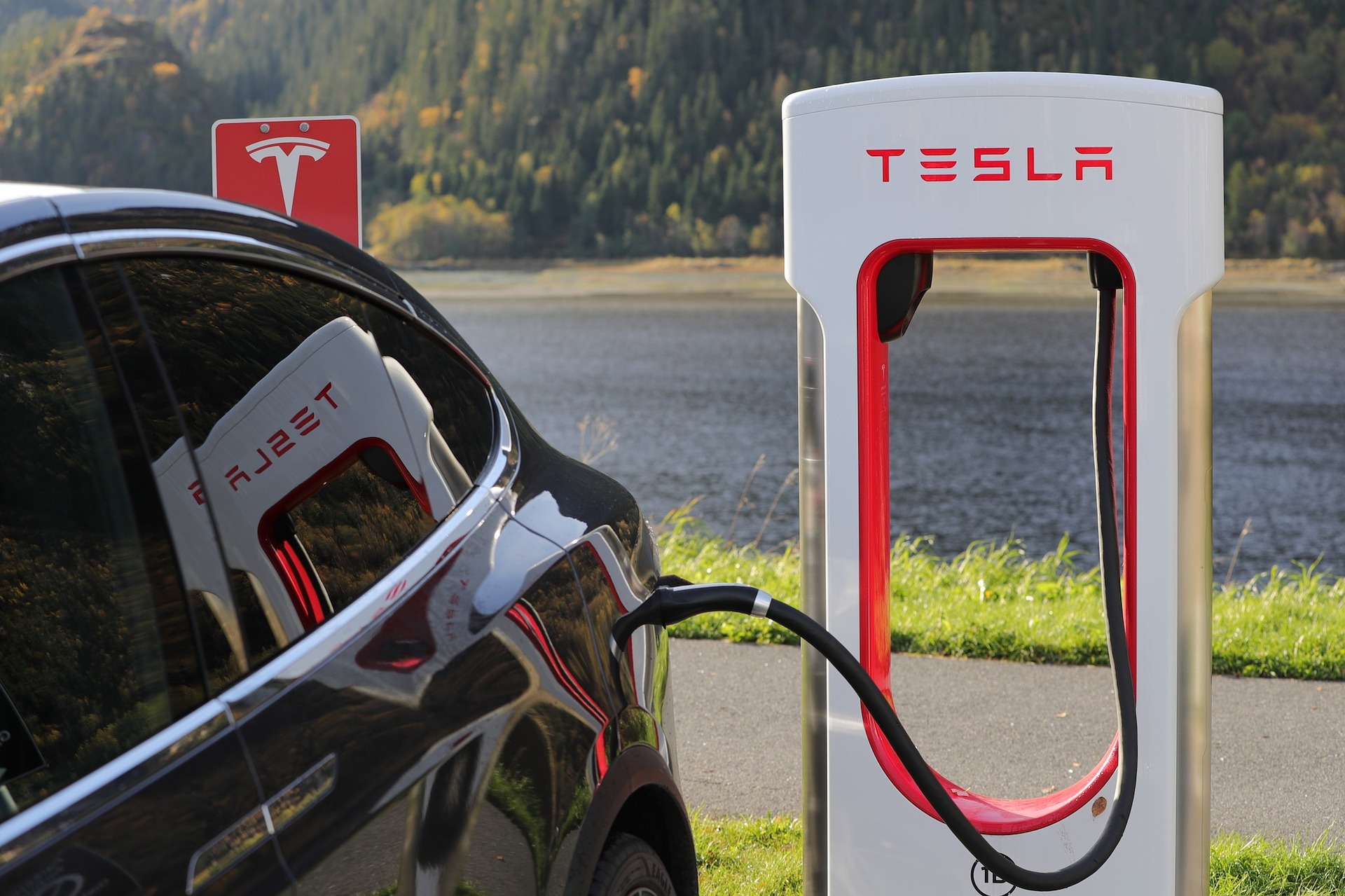
1. Cost
Tesla:
Tesla's vehicles are positioned as premium products, often priced higher than the average EV. In the U.S., the base Model 3 starts at around $39,000, while the Model Y begins at approximately $47,000. Tesla's luxury models like the Model S and Model X can easily push past the $90,000 mark, depending on the configuration.
Tesla also touts lower lifetime costs thanks to fewer maintenance needs and over-the-air software updates that keep the vehicle functioning optimally. However, for initial out-of-pocket costs, Tesla remains an expensive option for the average consumer.
BYD:
BYD, on the other hand, has taken a more democratic approach. In China, BYD’s entry-level models like the Dolphin and Seagull start at the equivalent of $11,000–$18,000. Even BYD's higher-end models, such as the Han or Tang, come in significantly below Tesla’s price points.
Internationally, BYD has been aggressive in keeping prices competitive, and the company recently began offering models in Europe, South America, and Southeast Asia at attractive rates.
Winner – BYD:
BYD wins this round. Its affordability makes EV ownership accessible to a wider range of people across more markets.
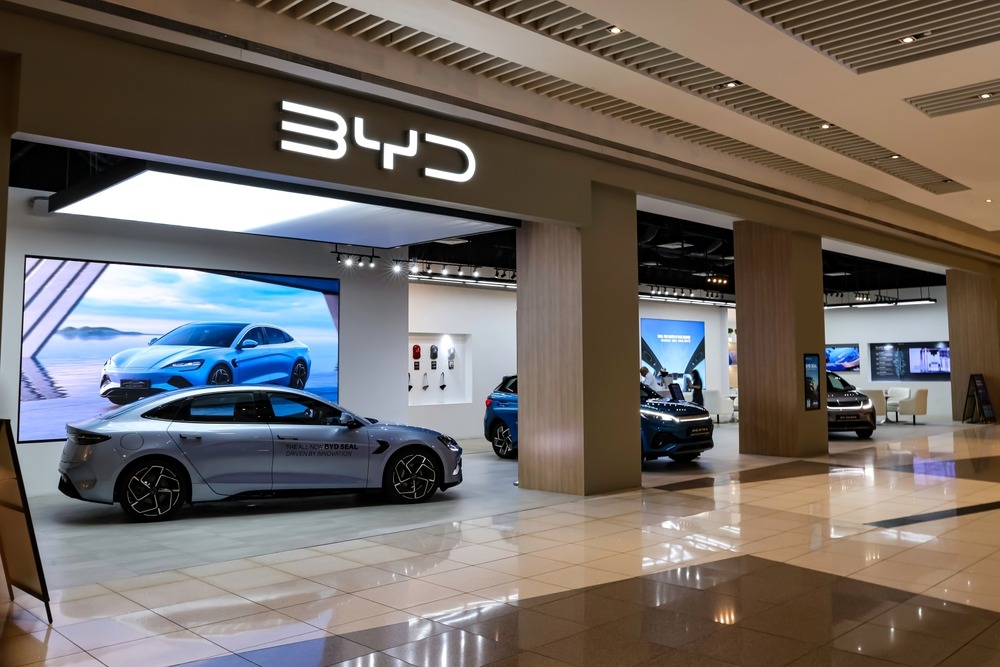
2. Charge Time
Tesla:
Tesla’s Supercharger network is arguably the most robust and user-friendly charging system in the world. The latest V3 Superchargers can deliver up to 250 kW, enabling a Model 3 or Model Y to charge up to 80% in around 25 minutes. Tesla’s network is proprietary but is gradually opening to other EV brands in select markets.
Tesla vehicles also support Level 2 home charging, which can fully replenish the battery overnight, depending on the power source.
BYD:
BYD’s charging performance has improved dramatically in recent years, especially with the release of models based on the e-Platform 3.0. Newer BYD models can now charge at speeds of up to 150 kW, reaching 80% in about 30-40 minutes. While still slower than Tesla’s Superchargers, BYD’s use of LFP (lithium iron phosphate) batteries offers better thermal stability and lifespan, offsetting some disadvantages in charge time. BYD is working on a revolutionary new charger that's as fast as filling up gas so when that arrives, it will be an easy win for BYD.
However, BYD lacks a proprietary charging network like Tesla. Its vehicles rely on third-party providers, which can sometimes be inconsistent in availability and speed.
Winner – Tesla:
Tesla maintains an edge here with faster charging and a seamless, integrated global charging network.
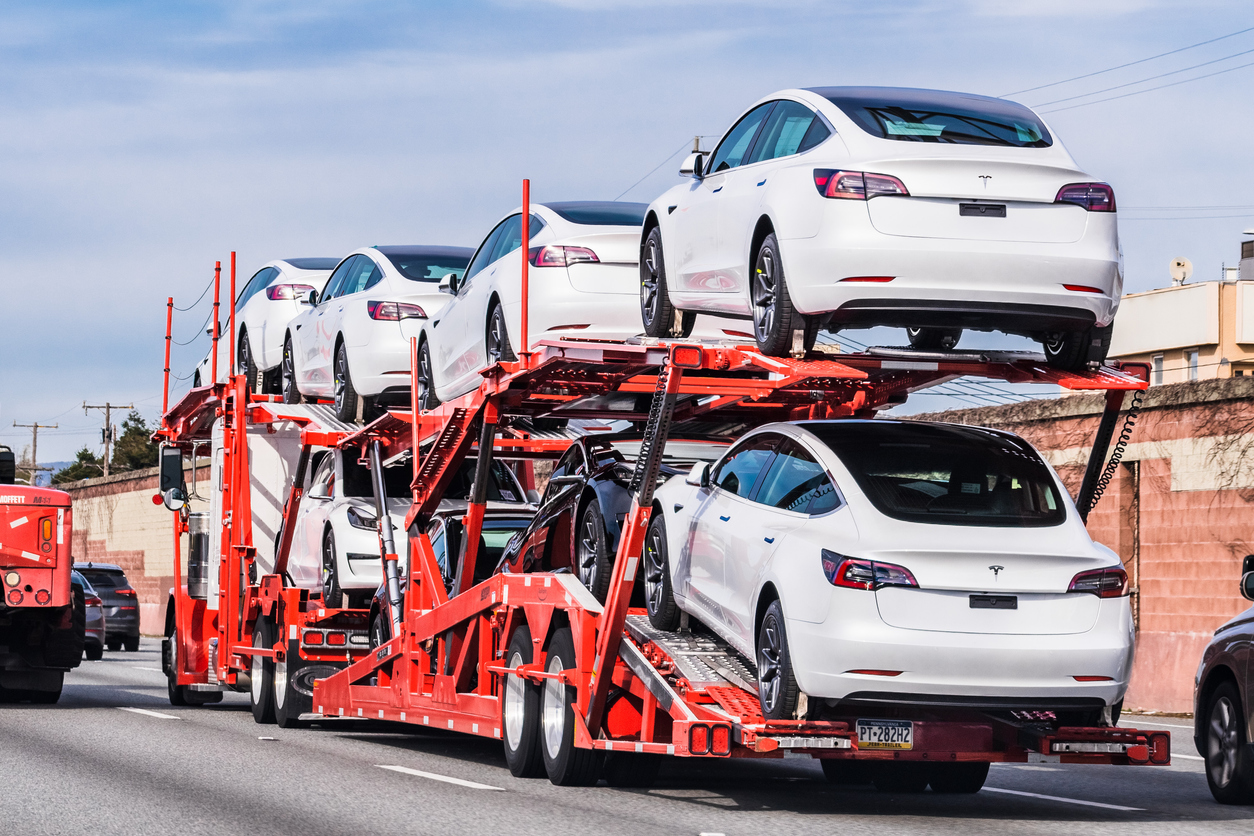
3. Range
Tesla:
Tesla sets the gold standard for EV range. The Model S Long Range can travel up to 405 miles (652 km) on a single charge. Even the more affordable Model 3 Standard Range offers around 272 miles (438 km), making Tesla one of the few EV brands that consistently deliver long-range performance.
Tesla’s proprietary battery and efficiency technologies, including aerodynamic designs and regenerative braking, all contribute to its superior range.
BYD:
BYD has come a long way in this department. The Han EV, one of BYD’s flagship sedans, boasts a range of up to 376 miles (605 km) under the China Light-Duty Vehicle Test Cycle (CLTC), which tends to be more generous than EPA ratings. In more rigorous test cycles, the range drops to around 300 miles, depending on battery pack and driving conditions.
BYD’s smaller models, like the Dolphin, have a more modest range of around 180–250 miles, which is more than adequate for urban use.
Winner – Tesla:
Tesla wins again with longer and more consistent range across its lineup, validated by globally recognized testing standards.
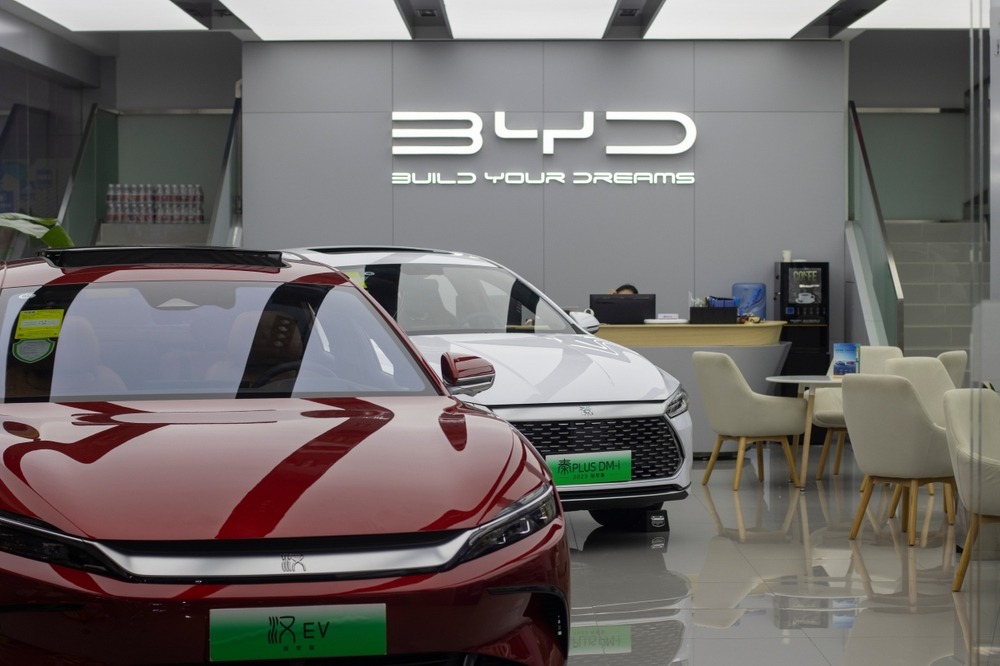
4. Reliability
Tesla:
Tesla’s reliability record is somewhat mixed. While Tesla excels in drivetrain and battery durability, the brand has faced persistent issues with build quality, panel alignment, paint finish, and interior components. Consumer Reports and J.D. Power have noted these issues repeatedly.
Software bugs have also caused temporary malfunctions in systems like Autopilot or touchscreen controls. Tesla’s direct-to-consumer service model can be a hassle in regions where service centers are scarce.
BYD:
BYD vehicles, especially in China, have a solid reputation for reliability. The company’s vertical integration strategy means it builds its own batteries, semiconductors, and even electric motors, allowing for tighter quality control.
While BYD hasn’t faced the same intense scrutiny from Western media, the brand has consistently earned high marks in China for customer satisfaction and vehicle dependability. That said, BYD’s long-term reliability data in Western markets is still limited due to its recent entry.
Winner – BYD:
BYD edges out Tesla with fewer build quality complaints and a more stable reputation in its home market.

5. Technology
Tesla:
Tesla has long been seen as a tech company that builds cars, not the other way around. Its vehicles come with industry-leading software, a responsive infotainment system, over-the-air updates, and a suite of advanced features like Autopilot, Navigate on Autopilot, and Full Self-Driving (FSD)—though FSD is still in beta and far from flawless.
Tesla’s AI integration, Dojo supercomputer, and vision-based driving systems push the envelope in autonomous driving.
BYD:
BYD is catching up fast in the tech race. Its DiPilot system offers lane assist, adaptive cruise control, and other driver aids. The infotainment systems in its newer models are well-designed, and BYD is starting to integrate AI into vehicle diagnostics and cabin features.
However, BYD currently lacks an equivalent to Tesla’s FSD system and has no comparable AI infrastructure. The company is investing heavily in this area, but it’s still a few steps behind.
Winner – Tesla:
Tesla retains its edge with unmatched software capabilities and a bold vision for vehicle autonomy.
Final Scores
| Category | Winner |
|---|---|
| Cost | BYD |
| Charge Time | Tesla |
| Range | Tesla |
| Reliability | BYD |
| Technology | Tesla |
With Tesla winning 3 out of the 5 categories and BYD taking 2, it might seem like Tesla comes out ahead. But context matters.
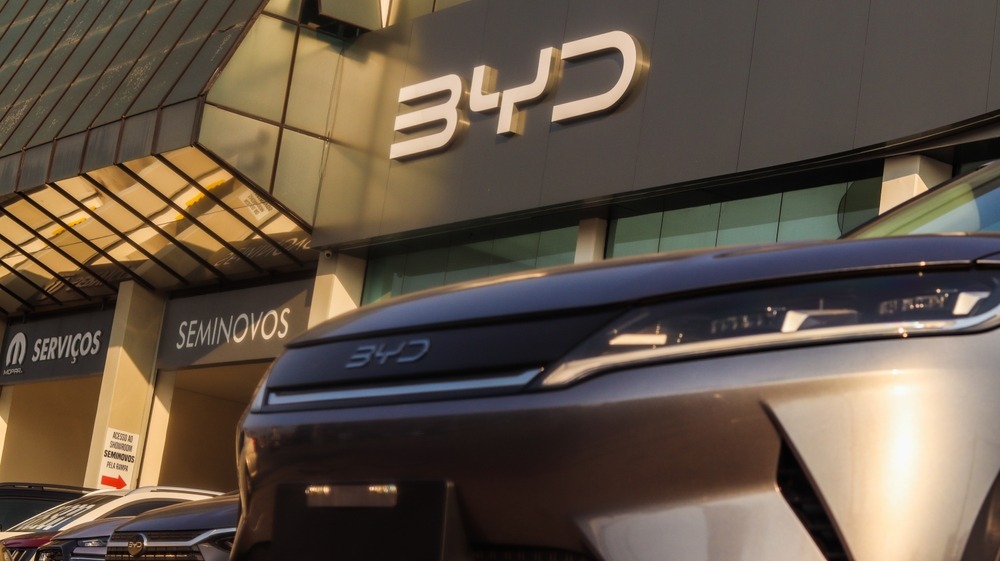
Conclusion - A Tough Decision
While Tesla continues to lead in range, charging infrastructure, and in-car technology, BYD offers a more well-rounded and accessible package for the global consumer. Its affordable pricing, dependable build quality, and increasing technological competence make it a formidable competitor.
RELATED: BYD Unveils Fast-Charging System Rivaling Gas Refueling Speed.
More importantly, BYD is scaling faster, serving more markets, and producing vehicles that fit a broader range of needs. Tesla may have the flash and innovation, but BYD is winning the mass adoption game. In the real-world race for electrification, BYD is the better choice — not just for what it offers now, but for what it promises for the future.


